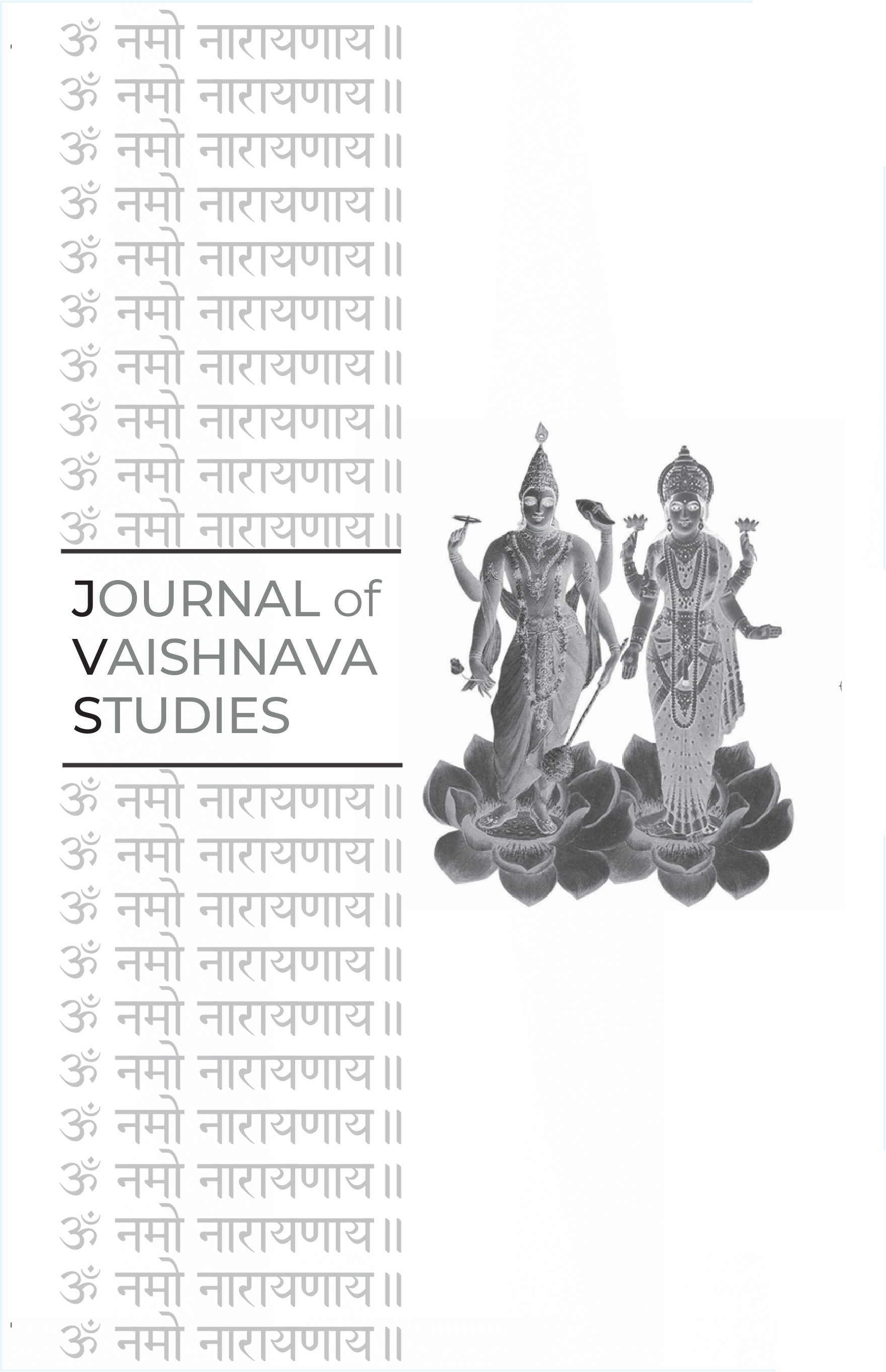Why Has Kīrtan Become So Popular in the West?
Keywords:
Western kīrtan, cultural adaptation, global bhakti, nāma-saṅkīrtana, yoga spirituality, participatory devotion, chant culture, authenticity, spiritual hybridityAbstract
Jubilee Cooke investigates the growing popularity of kīrtan as a global spiritual and musical phenomenon, particularly in contemporary Western contexts. Framing her inquiry within the lens of cultural reception and transreligious adaptation, Cooke traces how Indian devotional music—especially nāma-kīrtana rooted in Vaiṣṇava traditions—has been recontextualized through yoga movements, New Age spirituality, and the global “chant scene.” Drawing from ethnographic observations and interviews with Western practitioners, she examines the appeal of kīrtan as a non-dogmatic, participatory, and emotively resonant practice, offering communal experience without rigid theological entry points. The article explores how kīrtan’s accessibility through call-and-response formats, musical simplicity, and emphasis on emotional catharsis align with Western therapeutic and performative sensibilities. Cooke also reflects on the ethical tensions surrounding cultural appropriation, commercialization, and authenticity, noting how the Western uptake of kīrtan simultaneously extends and transforms its Indic devotional roots. Ultimately, the essay views Western kīrtan as both a spiritual search and a sociocultural hybrid, shaped by desire for connection, healing, and embodied transcendence.Published
2009-06-20
Issue
Section
Articles





